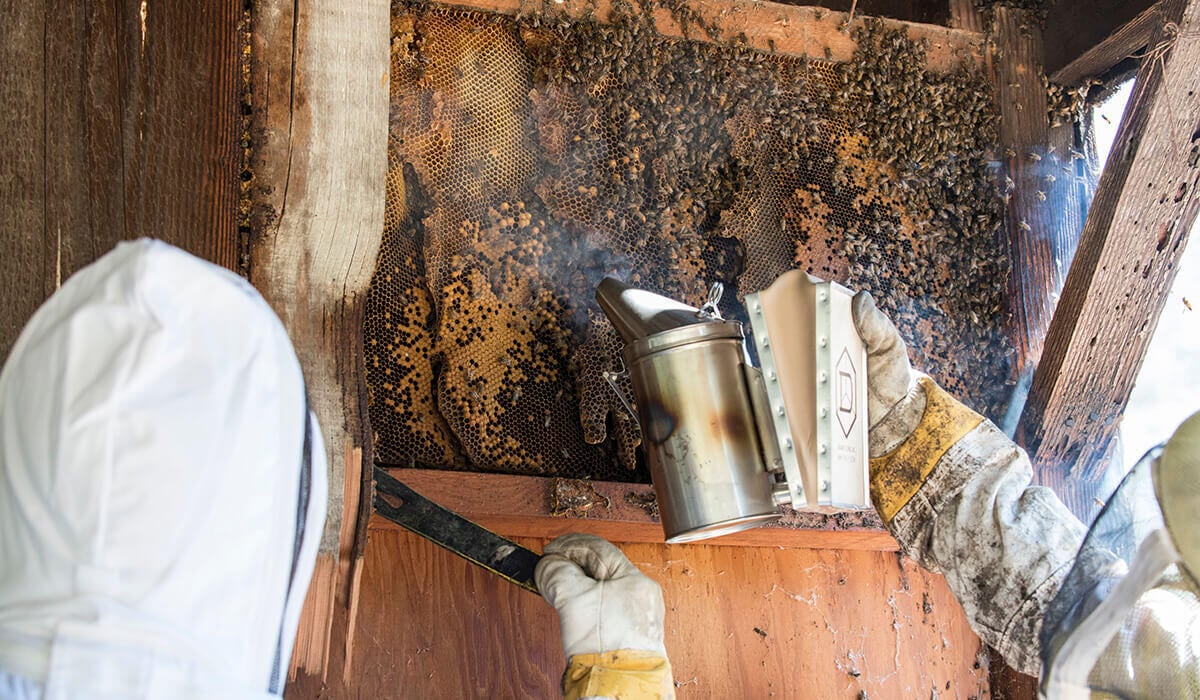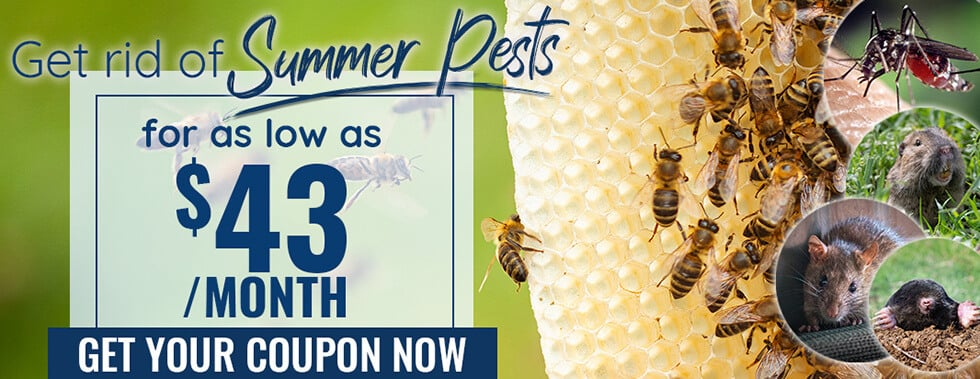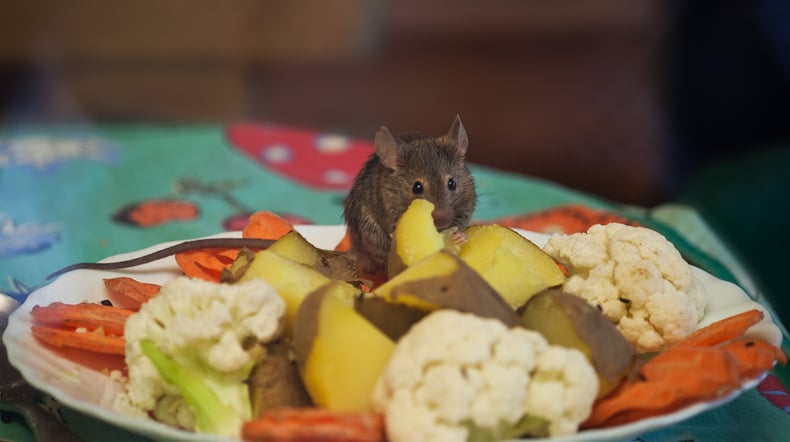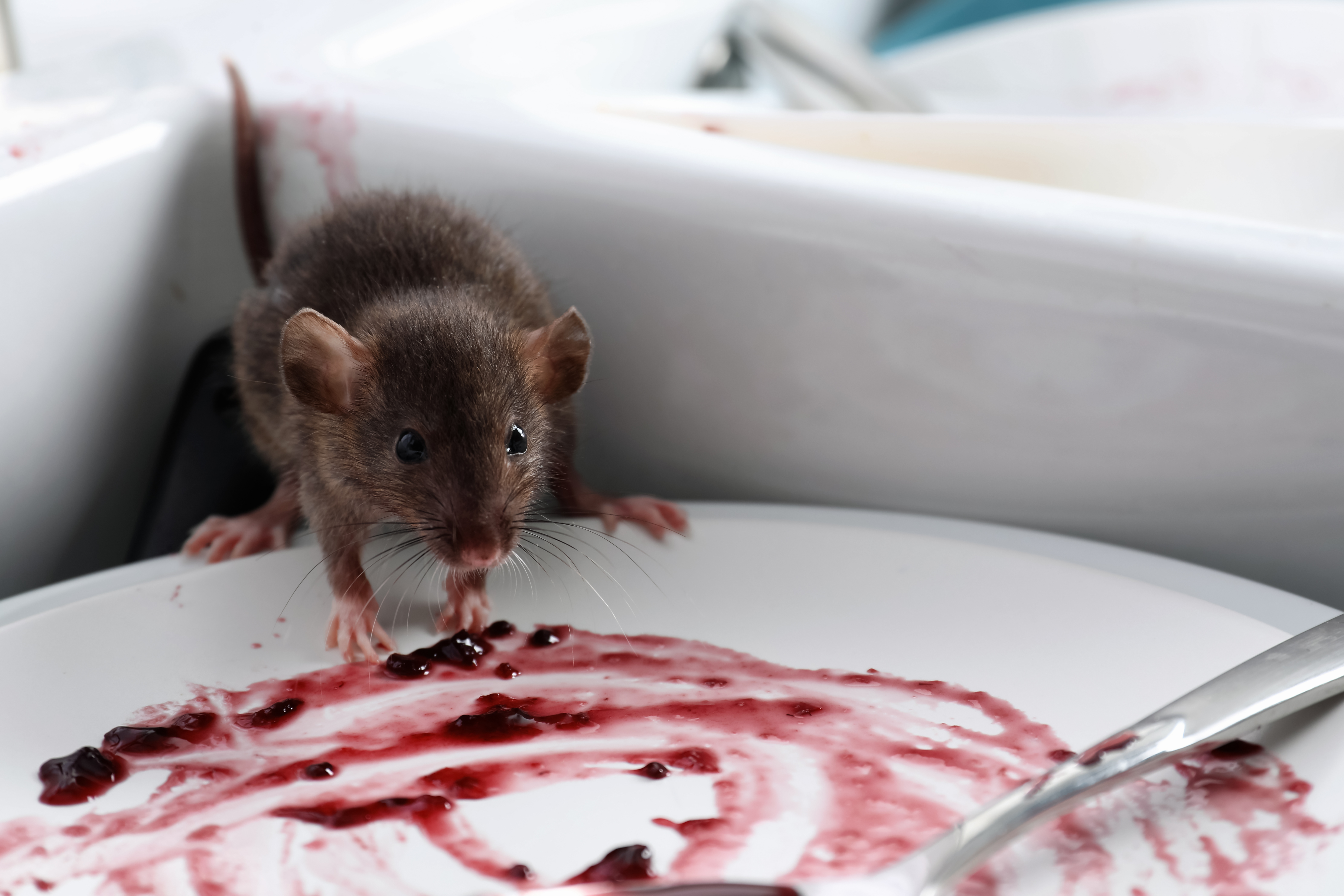From the vibrant beach streets of Malibu to the serene suburbs of Santa Clarita, bees are as much a part of our landscape as the orange groves and beachfronts. Bees play a crucial role in pollination and the health of our ecosystems, but our relationship with these insects can be conflictive when they are too close to our homes, particularly when they choose to nest in our backyards or inside a house. This intersection between human and bee habitats is the reason why it is critical to have professional bee control to ensure home and family’s safety.
The Importance of Bees and the Risks They Pose
 Bees support the growth of plants and crops through pollination, which is crucial for sustaining wildlife and human agriculture. However, their presence can become a turf war between us and them, each party trying to reclaim what’s theirs. Here are some of the risks bees bring with them in residential areas:
Bees support the growth of plants and crops through pollination, which is crucial for sustaining wildlife and human agriculture. However, their presence can become a turf war between us and them, each party trying to reclaim what’s theirs. Here are some of the risks bees bring with them in residential areas:
- Stings and Allergic Reactions: Bee stings can be painful, especially for little ones. But what is really frightening is that their stings can be potentially life-threatening, especially for individuals with allergies to bee venom.
- Aggressive Behavior: Certain bee species, such as Africanized honeybees, can be very aggressive if their nests are disturbed and, if they attack, your life can be at risk. It is known that 1,000 stings could kill a human, and Africanized bees attacking in numbers can easily exceed that figure.
- Attraction to Human Activities: Encounters with bees can increase in human environments where they can find abundant food sources and potential nesting sites.
The Hidden Danger of Bees in Walls and Attics
 Once bees start nesting within the walls or attics of homes, they don't just bring the risk of stings, but also the risk of structural issues:
Once bees start nesting within the walls or attics of homes, they don't just bring the risk of stings, but also the risk of structural issues:
- Structural Damage: The weight and activity of a bee colony can weaken your home’s structure. Also, some bees, like Carpenter bees, can burrow into wooden beams, adding to the risk of structural failure.
- Honey Soak: Large bee colonies can produce significant amounts of honey. This brings two issues: the weight of the honey and the fact that it can seep into and through the structural elements of walls and ceilings. In either case, it could lead to stains, mold growth and attracting other pests.
- Difficult Removal: Bee nests in walls or attics can be pretty massive and hard to access, making safe and complete removal challenging without professional help.
Limitations of DIY Approaches
As homeowners, we usually like to think we can take care of issues like bees in a wall or bees swarming in a tree in my backyard. But the truth is that while DIY methods might seem like an immediate solution to a bee problem, they often fall short in effectiveness and safety. They usually are:
- Inefficient: Over-the-counter sprays and home remedies can be a temporary solution, but may not reach deep into a nest built within structures, allowing the problem to persist or worsen.
- Not Safe: Attempting to remove bees without proper knowledge or equipment can provoke the colony, leading to aggressive swarms or multiple stings.
Professional Bee Control: A Necessary Solution
Professional bee control is not an option. When you have a professional, like our technicians at AIPM, handle any bee issues in or around your home you get peace of mind because they will offer a safe, effective approach to managing bees in your home, especially when dealing with complex infestations within building structures. With a professional you get:
- Expertise and Experience: Our technicians are trained to handle various bee species and scenarios. In their first visit they can assess the situation accurately and decide the safest approach to removal or treatment.
- Advanced Methods: We use tools and techniques that are not available to the general public, such as specialized vacuums, suits, and environmentally safe insecticides that minimize harm to the bees and humans.
- Complete Removal and Prevention: We don’t just remove the bees; we make sure they are relocated and we also take preventative measures to ensure bees do not return, such as sealing entry points and advising on landscape changes to deter future nesting.
- Ongoing Monitoring: We offer routine inspections to monitor for new activities, ensuring that your home remains bee-free.
Conclusion
The safety risks associated with bees swarming around your backyard or nesting inside homes—particularly within walls and attics—need professional intervention. Professional bee control ensures that removal is thorough and safe, which addresses both the immediate problem and helps prevent future infestations. As a homeowner, you gain not only peace of mind but also contribute to the safety and stability of the bees living environment.









Submit a Comment